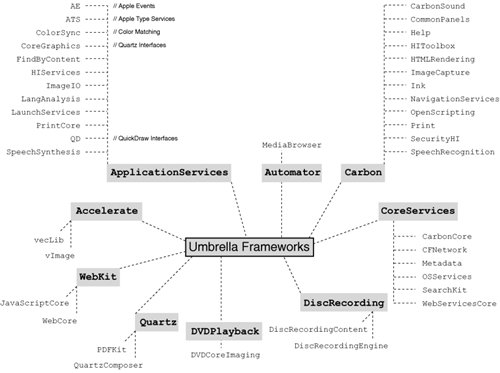How do I build OpenCV as a Mac OS X framework? I can build OpenCV as a UNIX-style library fine, and I can also build it as a framework for iOS. However I don't see any CMake option for a Mac framework, nor do I see a build script like the one used for the iOS framework. .Net Core 3.1 is an open-source, free and available on Window, MacOs and Linux. As of September 14, a release candidate 1 of.Net Core 5.0 has been deployed on Window, MacOs and Linux. 1: Release candidate (RC): releases providing early access to complete features. These releases are supported for production use when they have a go-live license.
Supported platforms
- 10.6 (Snow Leopard)
- 10.7 (Lion)
- 10.8 (Mountain Lion)
- 10.9 (Mavericks)
- 10.10 (Yosemite)
- 10.11 (El Capitan)

Prerequisites
To develop applications using the GStreamer SDK for OS X you will needOS X Snow Leopard (10.6) or later andXCode 3.2.6 orlater.
The recommended system is macOS Sierra withXCode 8
Download and install the SDK
There are 3 sets of files in the SDK:
- The runtime files are needed to run GStreamer applications. Youprobably want to distribute these files with your application (orthe installer below).
- The development files are additional files you need to createGStreamer applications.
- Mac OS X packages that you can usewith PackageMakerto deploy GStreamer with your application
Get both the runtime and the development installers from here.
On Mac OS X 10.6 (Snow Leopard) you have to install Python 2.7 manually. It is included in later versions of OS X already. You can get it from here.
The downloads areInstaller Packages(.pkg).
Double click the package file and follow the instructions presented bythe install wizard. In case the system complains about the package notbeing signed, you can control-click it and open to start theinstallation. When you do this, it will warn you, but there is an optionto install anyway. Otherwise you can go to System Preferences → Securityand Privacy → General and select the option to allow installation ofpackages from 'anywhere'.
These are some paths of the GStreamer framework that you might finduseful:
- /Library/Frameworks/GStreamer.framework/: Framework's root path
- /Library/Frameworks/GStreamer.framework/Versions: path with all theversions of the framework
- /Library/Frameworks/GStreamer.framework/Versions/Current: link tothe current version of the framework
- /Library/Frameworks/GStreamer.framework/Headers: path with thedevelopment headers
- /Library/Frameworks/GStreamer.framework/Commands: link to thecommands provided by the framework, such as gst-inspect-1.0 orgst-launch-1.0
For more information on OS X Frameworks anatomy, you can consult thefollowing link
Configure your development environment
Building the tutorials
The tutorials code, along with project files and a solution file forthem all, are in thegst-docs in theexamples/tutorials subdirectory.
To start building the tutorials, create a new folder in your Documentsdirectory and copy thefolder /Library/Frameworks/GStreamer.framework/Current/share/gst-sdk/tutorials.
You can fire up XCode and load the project file.
Press the Run button to build and run the first tutorial. You canswitch the tutorial to build selecting one of the available schemes.
Creating new projects
The GStreamer binaries provides aframeworkthat you can drag and drop to XCode to start using it, or using thelinker option -framework GStreamer*.*
Mac Os X 10.13
There is a small exception to the regular use of frameworks, and youwill need to manually include the headers searchpath /Library/Frameworks/GStreamer.framework/Headers
Chrome For Mac Os X
- XCode: Add the headers path to Search Paths → Header SearchPaths
- GCC: Using the compileroption -I/Library/Frameworks/GStreamer.framework/Headers
